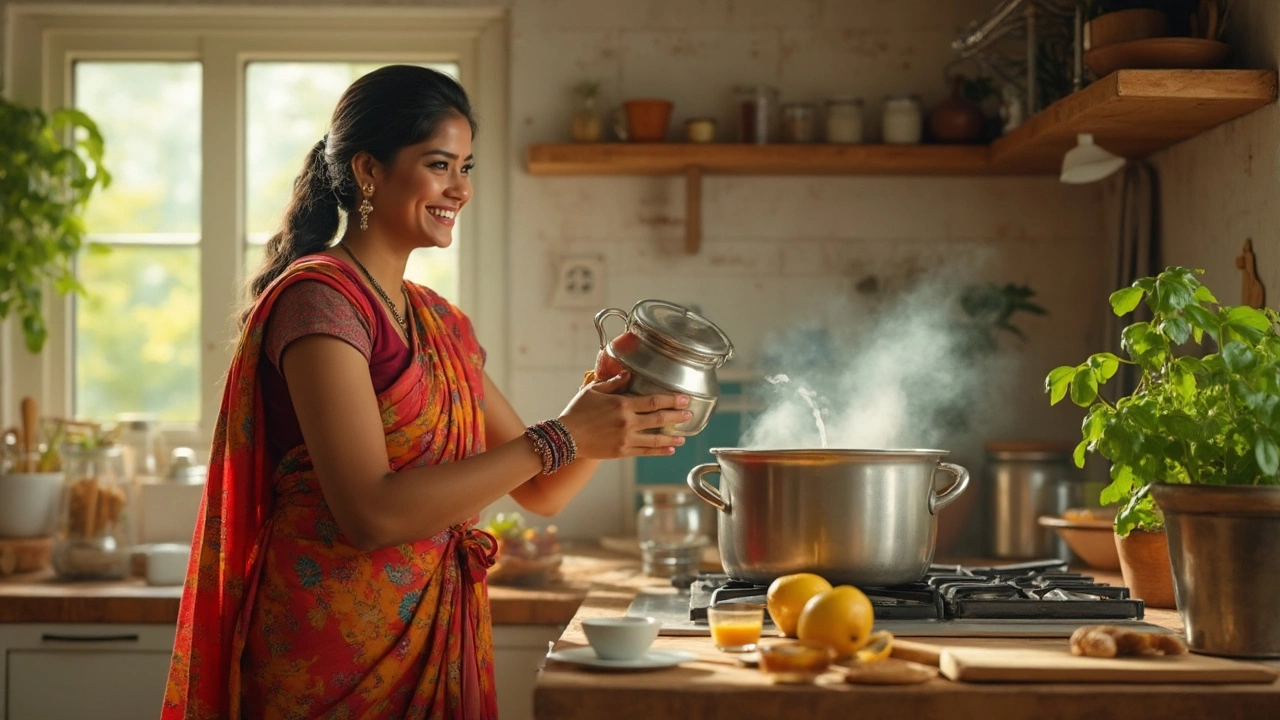Understanding Paneer Yield: How Much Cheese You Really Get
When working with paneer yield, the amount of paneer you obtain from a given volume of milk. Also known as cheese yield, it lets home cooks plan portions, budget, and waste. The process starts with milk, fresh dairy liquid that forms the base of paneer, which is then treated with a curdling agent, an acid like lemon juice, vinegar or rennet that separates curds from whey. Both milk quality and the type of curdling agent shape the final yield, while moisture content, the amount of water retained in the curds after pressing decides how heavy your paneer will be.
Key Factors That Influence Paneer Yield
First, the fat and protein levels in milk act like fuel for curd formation. Full‑fat milk typically gives a 10‑15% higher yield than skimmed milk because there’s more solid matter to trap. Second, the acidity and amount of the curdling agent matter; too much acid forces the whey out quickly, leaving dry, crumbly curds, while just enough creates a soft, moist curd that retains weight. Temperature is another critical variable—heat the milk to around 90 °C before adding the acid, then let it rest for a few minutes; this timing lets the proteins unwind properly, boosting yield. Finally, pressing time and pressure control moisture loss. Light pressing (about 5‑10 minutes) keeps the paneer soft and yields a heavier block, whereas heavy pressing squeezes out more whey, reducing weight but giving a firmer texture. By tweaking these levers—milk choice, curdling agent ratio, heating point, and pressing—you can reliably predict and improve your paneer yield.
Below you’ll find articles that walk through the science behind a rubbery paneer, share a mouth‑watering paneer butter masala recipe, and reveal quick tricks to calculate how much paneer you’ll get from any amount of milk. Whether you’re a beginner curious about the basics or an experienced home‑chef fine‑tuning your process, the posts ahead give concrete steps, common pitfalls, and easy fixes so you can turn every litre of milk into the maximum amount of tasty paneer possible.

How Much Milk Is Required to Make Paneer?
Ever wondered how much milk you really need to make paneer at home? This article breaks down the exact amount of milk required, why yields can vary, and how to get the most cheese with the least waste. You'll also get practical tips for making smooth, soft paneer every time. Perfect for anyone who wants homemade paneer that actually tastes fresh and fantastic.
- Chutney Recipes (13)
- General (11)
- Healthy Living (10)
- Easy Indian Recipes (9)
- Chicken Curry Recipes (9)
- Healthy Indian Snacks (8)
- Paneer Recipes (7)
- Dal Recipes (7)
- Street Food (7)
- Dosa Recipes (7)
-
Street Food in India: What Is It Really Called?
24 May 2025 -
Why Is Tandoori Chicken Red? The Real Ingredients Behind the Color
27 Jun 2025 -
Indian Breakfast Essentials: What Do Indians Eat for Breakfast?
15 Feb 2025 -
Chicken Curry Recipe: What Makes a Delicious Curry?
1 Jun 2025 -
Discover the World's Most Flavorful Indian Dishes
4 Jan 2025
23.05.25
Kaia Binari
0